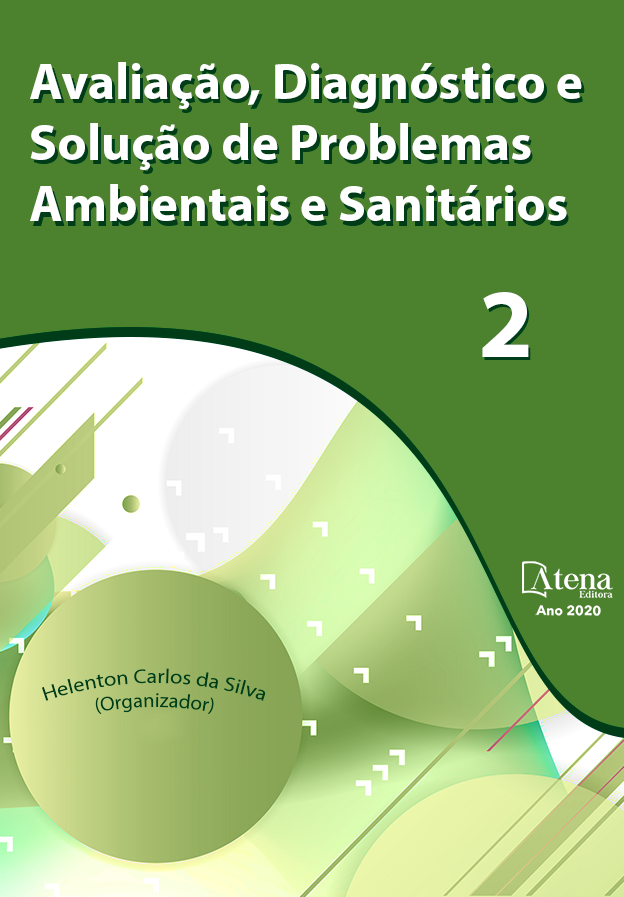
DISPOSITIVO DE BAIXO CUSTO PARA ÁGUA (RE)USAR SENSORIAMENTO EM INSTITUIÇÕES DE ENSINO
Este trabalho relata o desenvolvimento e instalação de um dispositivo de baixo custo para o sistema hídrico em uma instituição de ensino pública localizada na zona oeste do estado de Santa Catarina. Inicialmente, foram coletados dados da estrutura física da instituição e comparados aos projetos hídricos existentes para verificar possíveis divergências entre eles. Com componentes modulares de baixo custo e facilmente replicados, o projeto eletrônico foi desenvolvido e o dispositivo construído e implementado. Dessa forma, pode-se instrumentar o fluxo de água utilizado pela instituição e verificar Continuamente os dados ou possíveis vazamentos. Entre os resultados, destaca-se a grande operação do sistema implantado na coleta e monitoramento de dados, considerando ser um dispositivo de baixo custo. Isso possibilita diagnosticar continuamente os impactos financeiros e ambientais do (re)uso da água.
DISPOSITIVO DE BAIXO CUSTO PARA ÁGUA (RE)USAR SENSORIAMENTO EM INSTITUIÇÕES DE ENSINO
-
DOI: 10.22533/at.ed.2862025087
-
Palavras-chave: Sensoriamento; Baixo Custo; Uso Racional; Água; Instituições Educacionais.
-
Keywords: Sensoring; Low Cost; Rational Use; Water; Educational Institutions.
-
Abstract:
This work reports the development and installation of a low cost device for hydric system sensing in a public educational institution located in west of the state of Santa Catarina. Initially, data of the institution physical structure was gathered and compared to existing hydric projects to verify possible divergences between them. With low cost and easily replicated modular components, the electronic projects were developed, and the device built and implemented. In this way, it is possible to instrument the water flow used by the institution and to continuously check the data or possible leaks. Among the results, stands out the great operation of the implanted system in collecting and monitoring data considering it is a low cost device. That makes possible to diagnose continuously the financial and environmental impacts of water (re)use.
-
Número de páginas: 7
- MATHEUS SACHET
- ALENCAR MIGLIAVACCA
- CAMILA GASPARIN


